
How to Ice climb efficiently
Learn and improve fundamental ice climbing techniques so you can be a confident ice climber and avoid pumping out as the routes gets steeper.
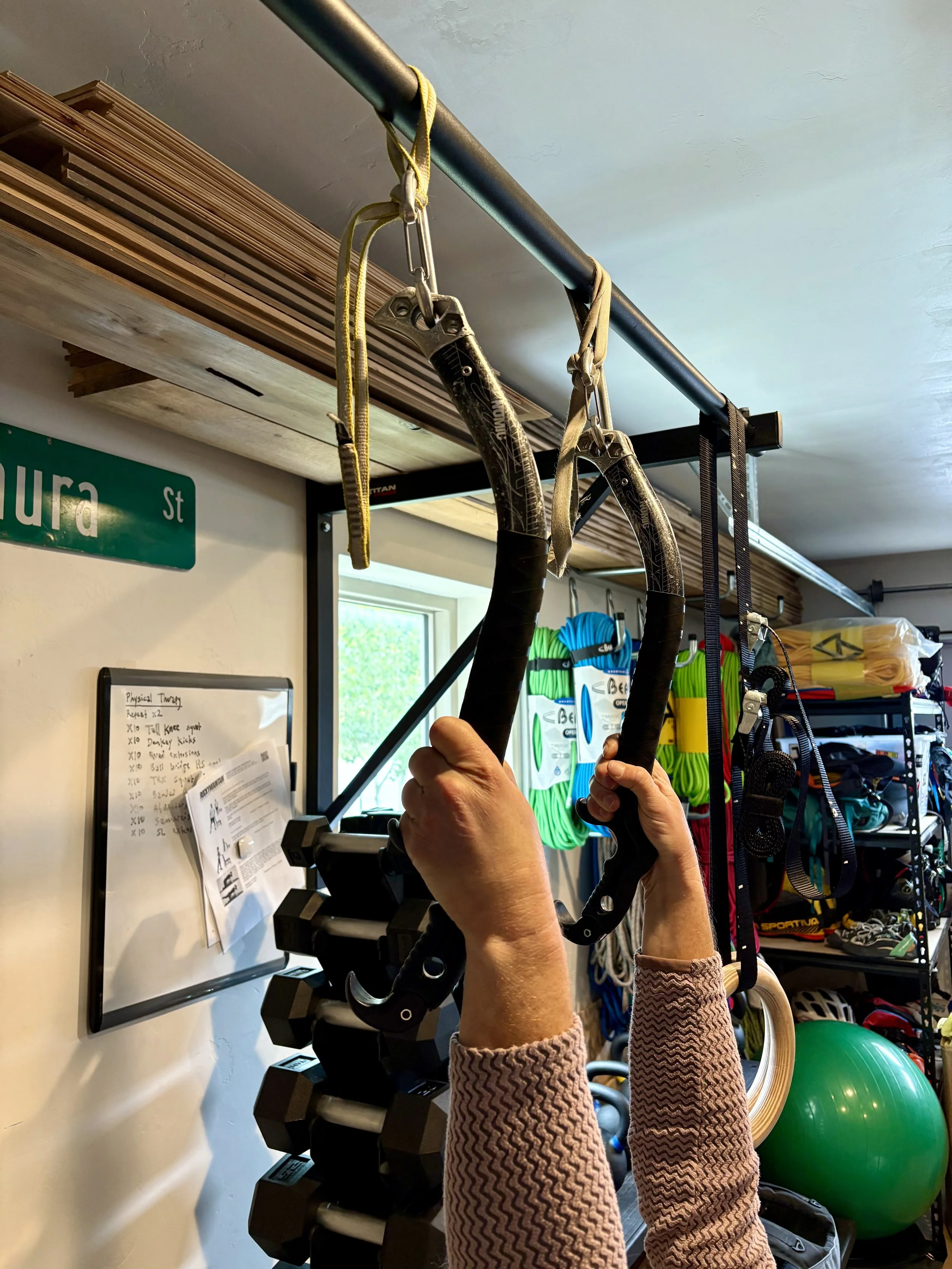
Ice Climbing Strength Training: Exercises for sending this winter
Build ice climbing specific strength in the off season with these fundamental exercises. Get ready for winter and start your training routine now.
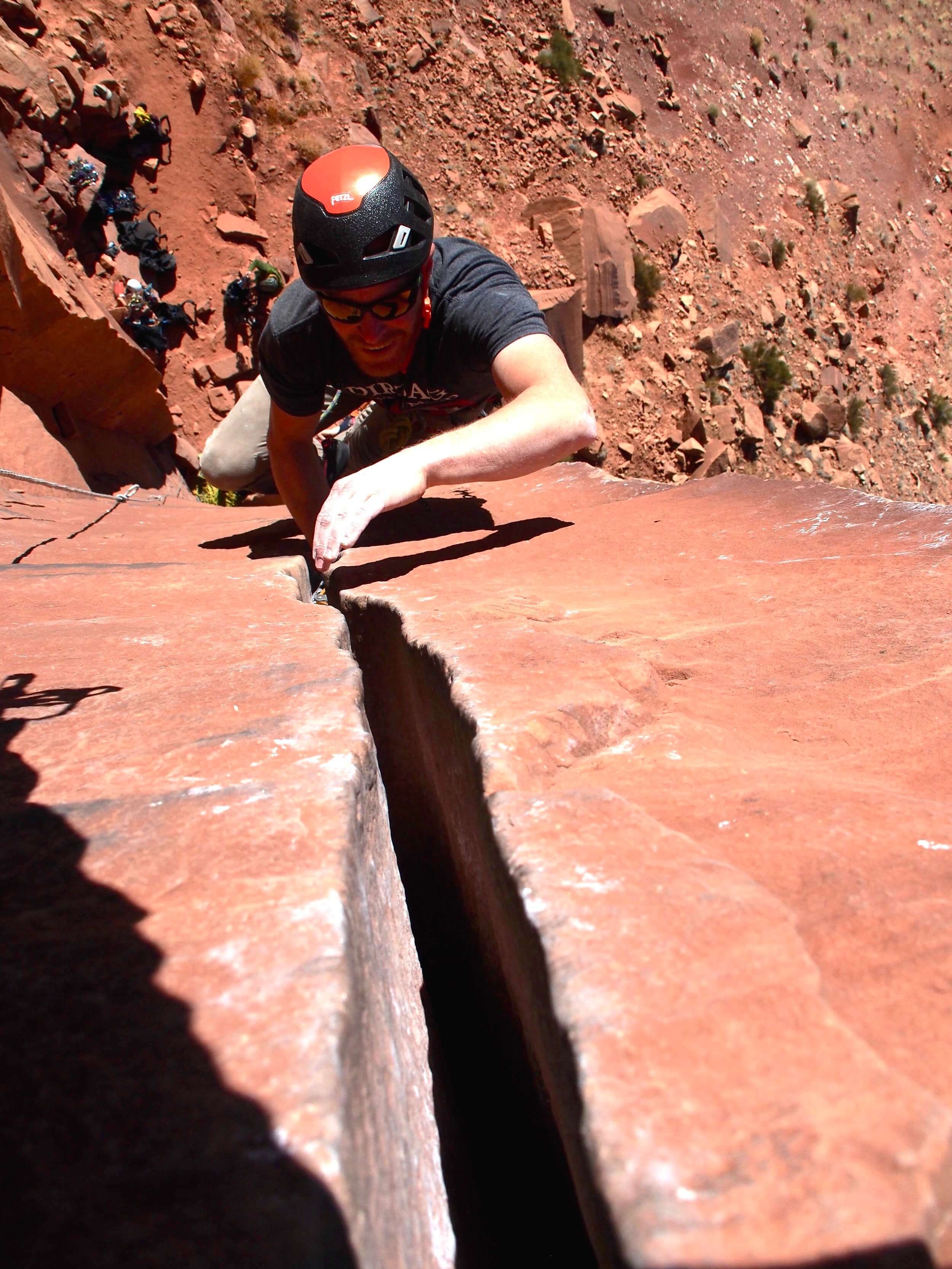
How to make tape gloves for crack climbing: A Step-By-Step tutorial
Interested in crack climbing? Learn how to protect your skin and make durable tape gloves for crack climbing and check out a comparison of manufactured crack gloves.
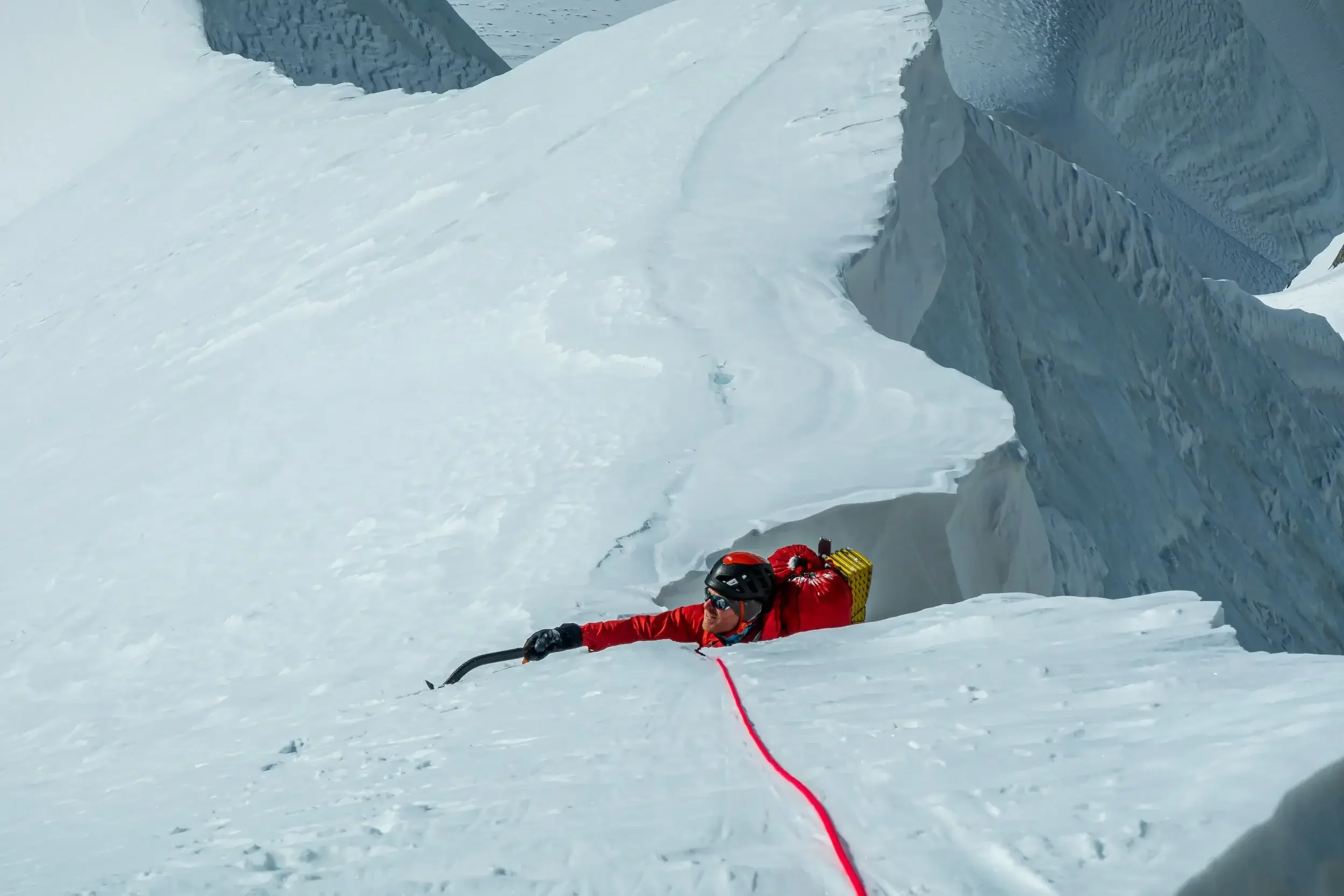
The Action Suit - A guide to Layering For Alpine Climbing
High output activity during cold temperatures requires a versatile clothing system. Learn the ins and outs of layering for the demands of alpine climbing.

Strategies for Climbing In the Black Canyon
Colorado’s world famous Black Canyon of the Gunnison National Park (aka The Black) is known for its outstanding natural beauty and concentration of wonderfully challenging multi-pitch traditional rock climbs. Perhaps the most well known of these is the aptly named Scenic Cruise, included in Steck and Roper’s “Fifty Classic Climbs of North America”. Learn strategies for climbing the classic Scenic Cruise and other routes in the Black Canyon…
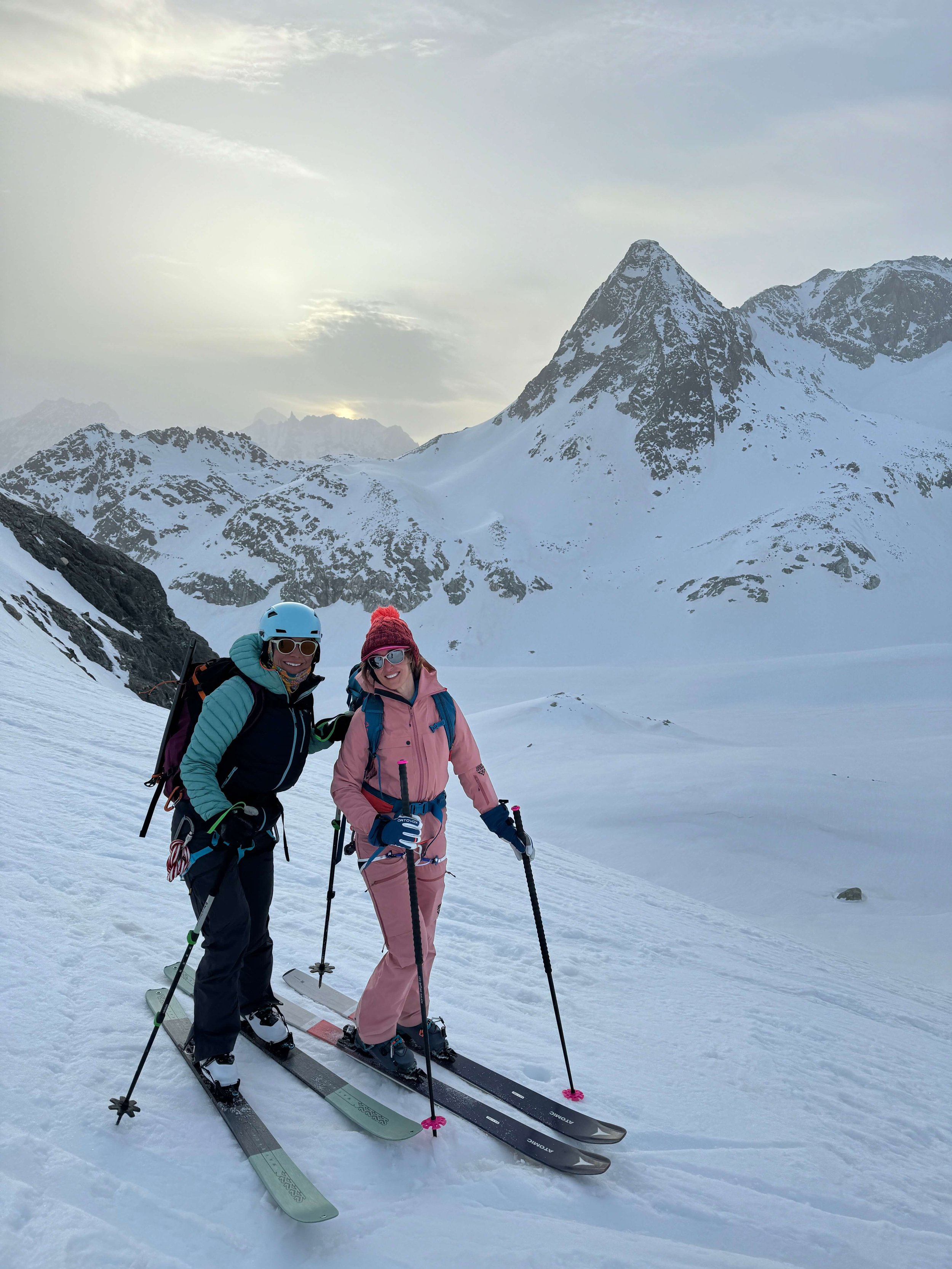
Equipment Selection: HUT Based Ski Touring
Learn about the equipment and techniques for hut based ski touring in the Alps from IFMGA Guide, Steven Van Sickle.
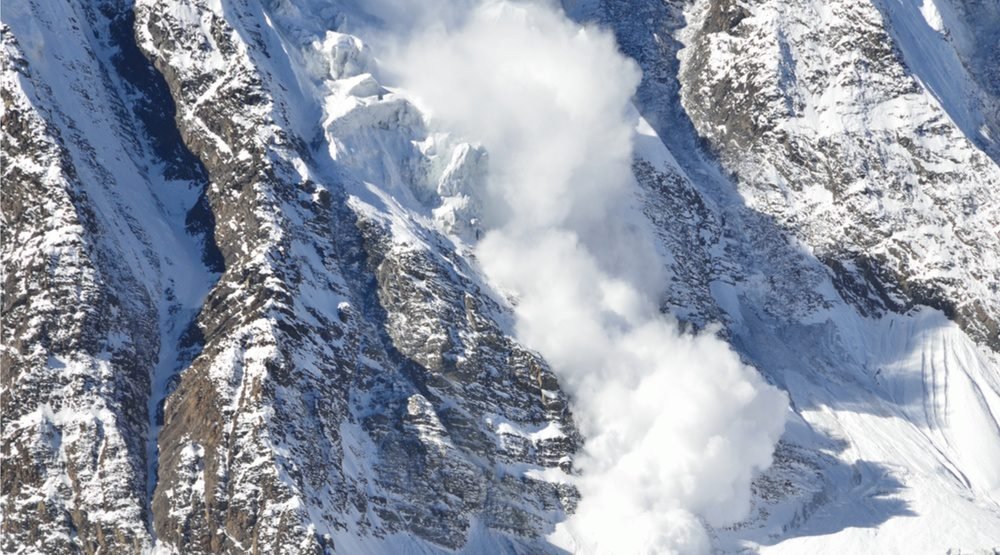
Ice Climbing’s Dangerous Secret
Avalanches are a very real component to the risk management mindset when ice climbing. Vince Anderson shares his insight into the nuances of ice climbing in avalanche terrain, strategies for mitigating the hazard and restructuring our risk tolerance.

How To Climb Bird Brain Boulevard
Bird Brain Boulevard is an iconic mixed climb above Ouray, Colorado. Vince Anderson shares strategies, key beta and insight into how to climb this challenging test-piece.
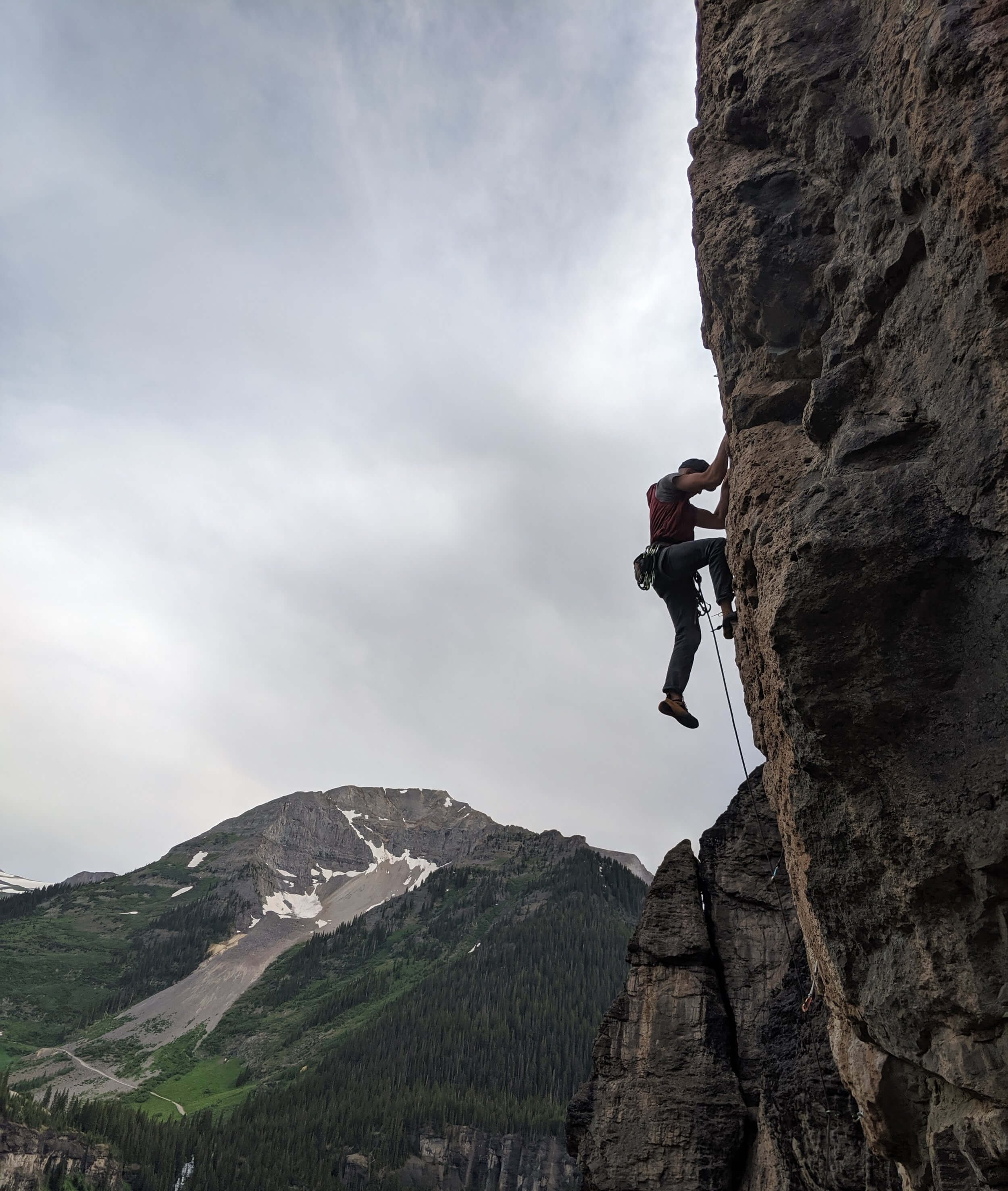
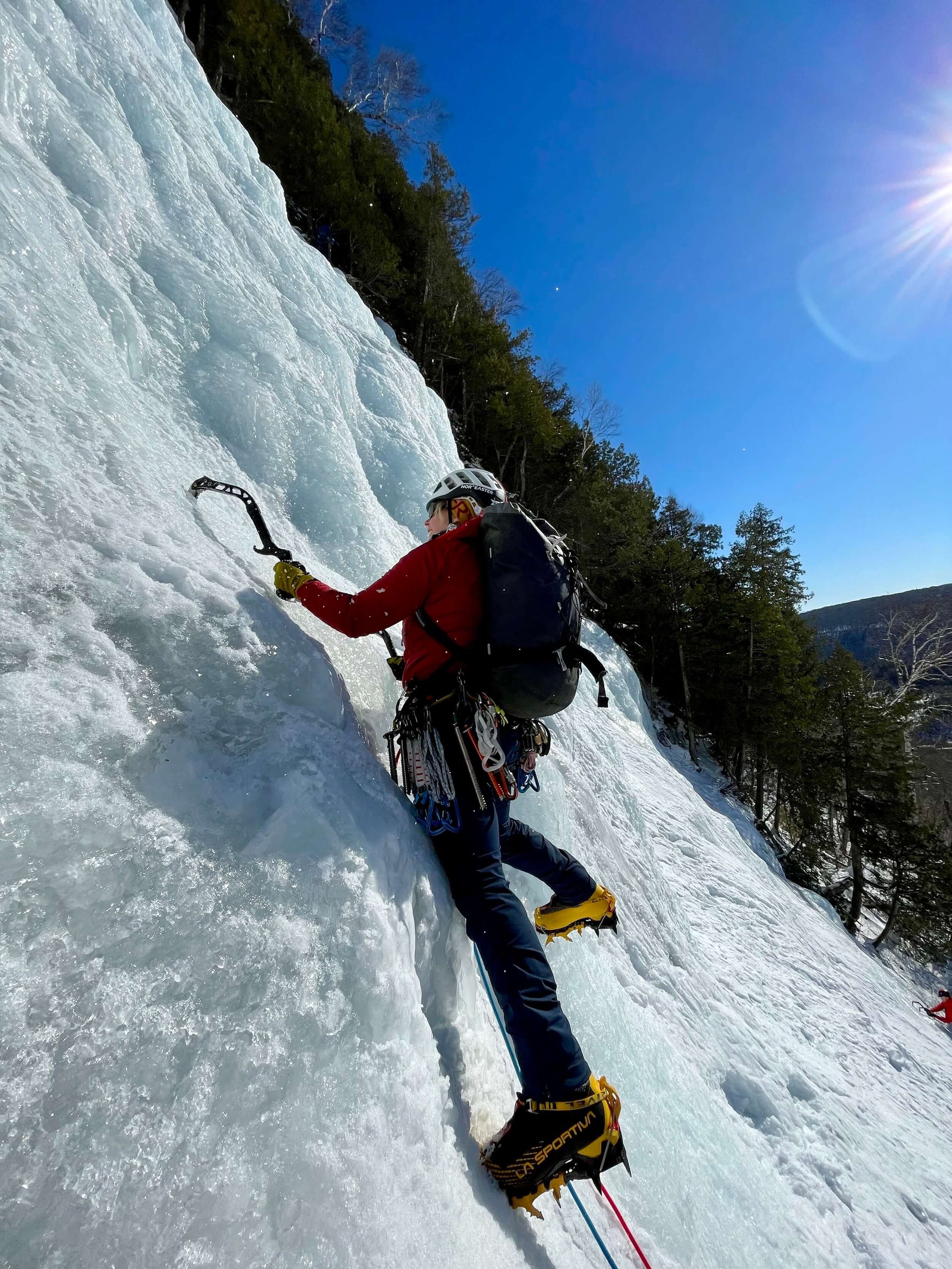
Tips for packing for multi-pitch ice
When I first started venturing into longer winter climbing days, packing for multi-pitch ice climbs was overwhelming. I didn’t want to bring too much that it might weigh me down climbing, but I didn’t want to bring too little that I couldn’t stay warm.
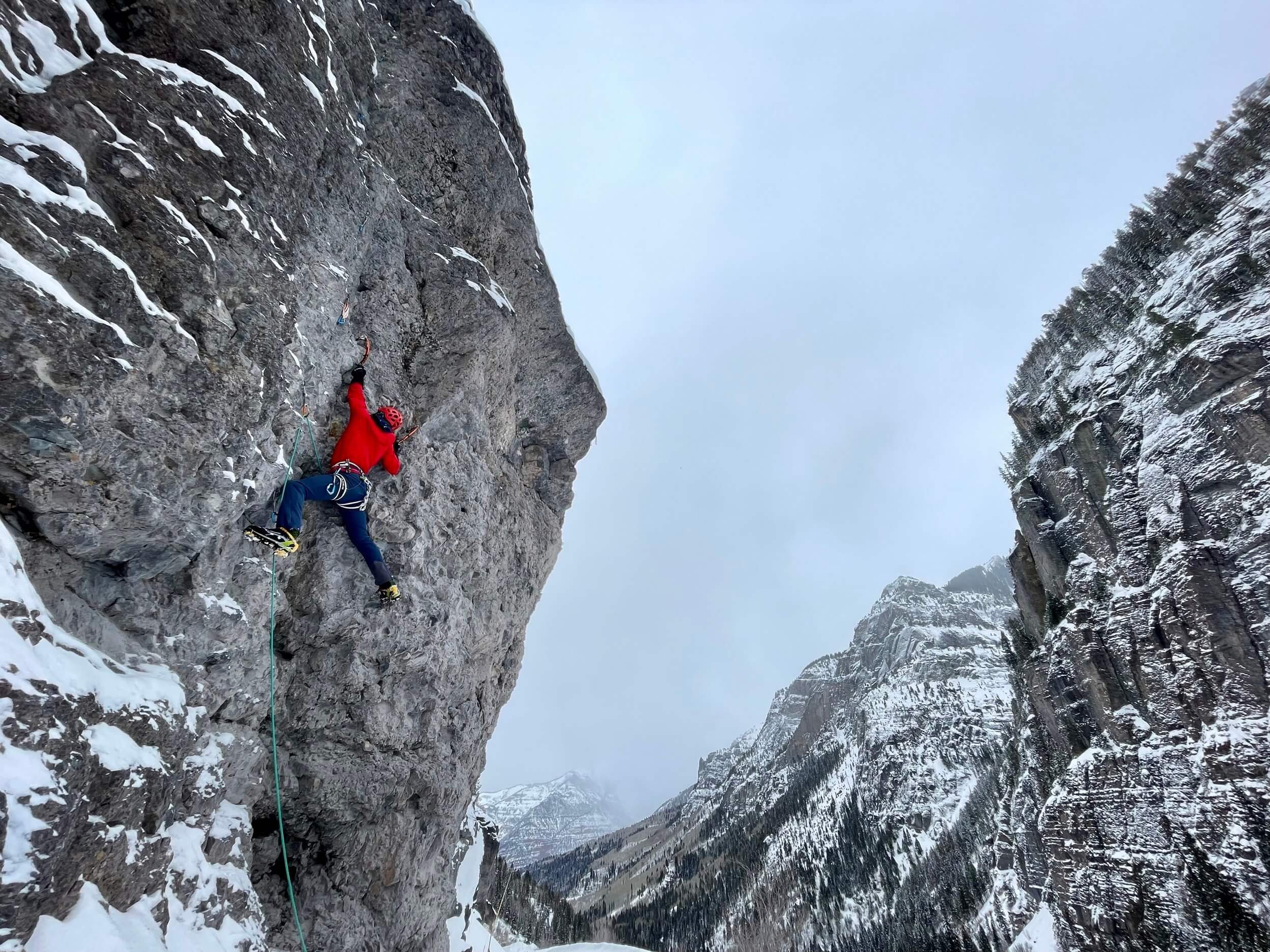
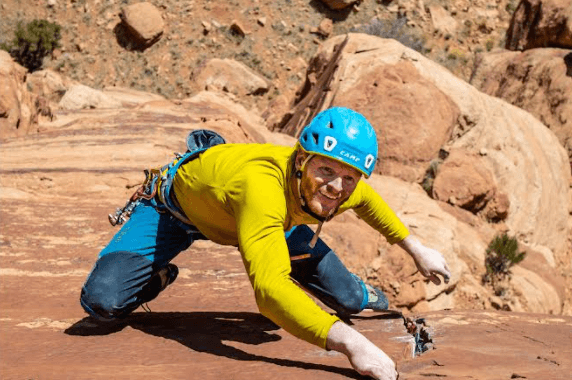
Do shoes matter when crack climbing? Yes!
Have you ever tried to run a marathon in a pair of ski boots? Wearing the wrong crack climbing shoe can make your life just as miserable.
